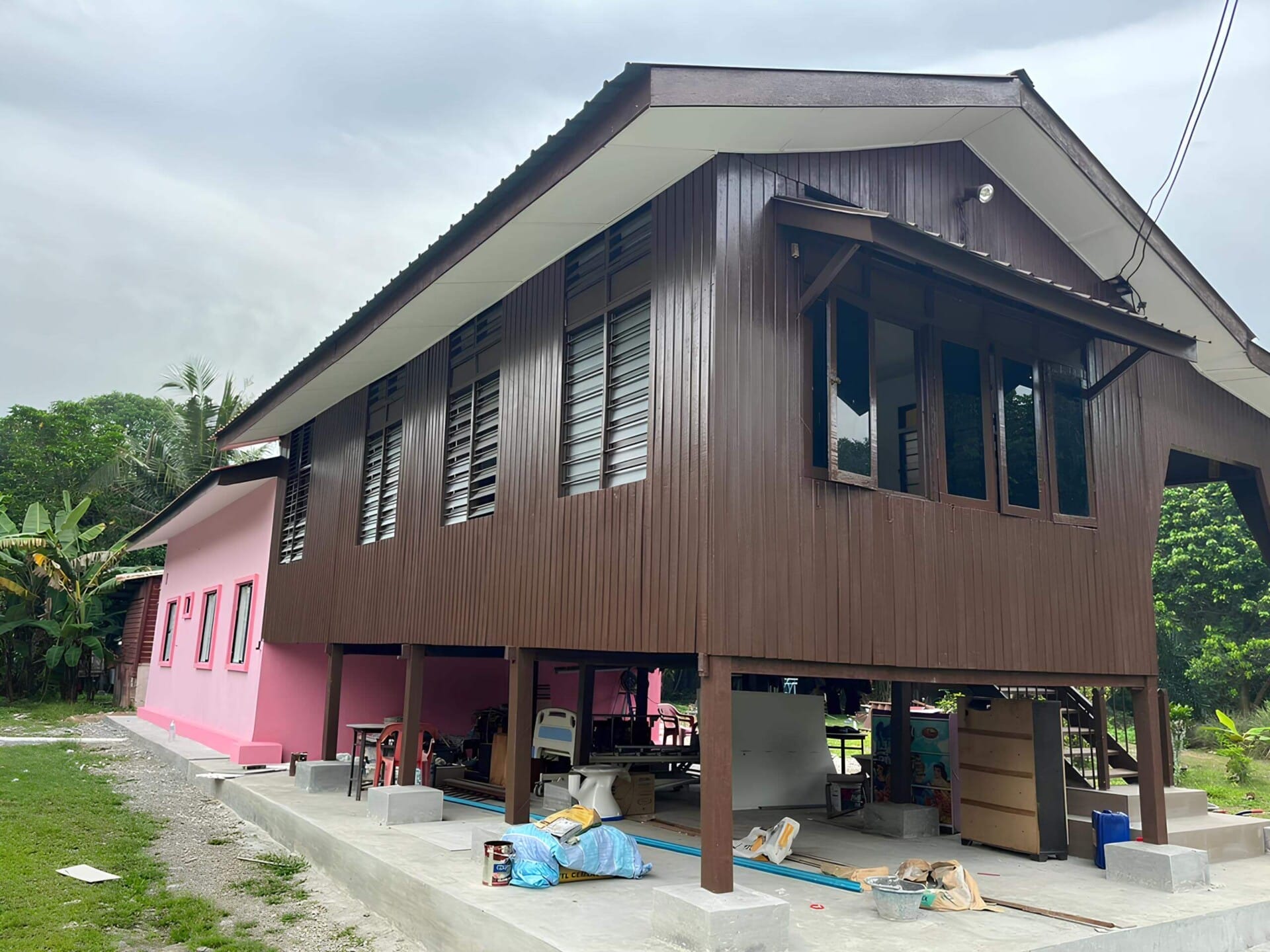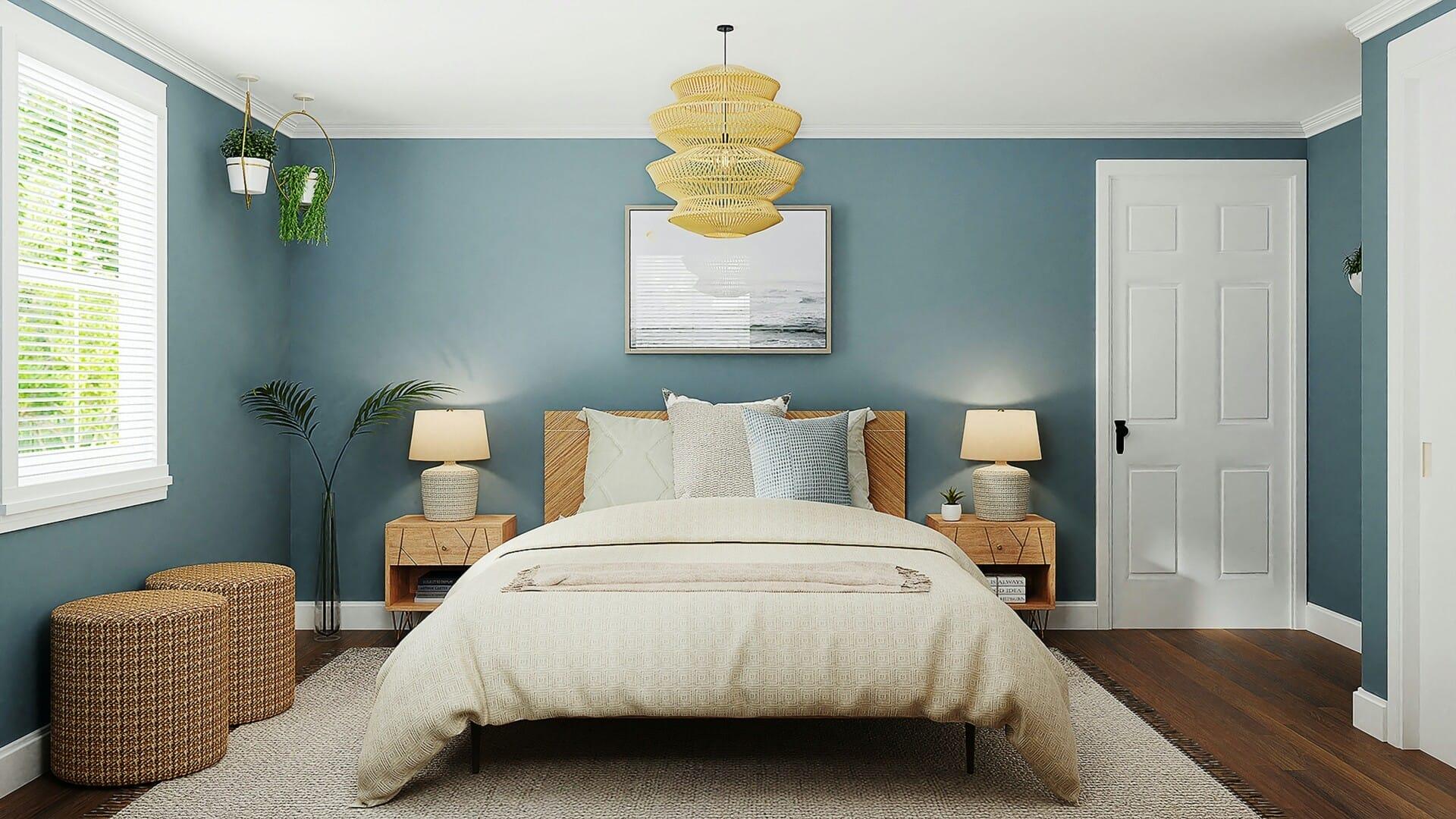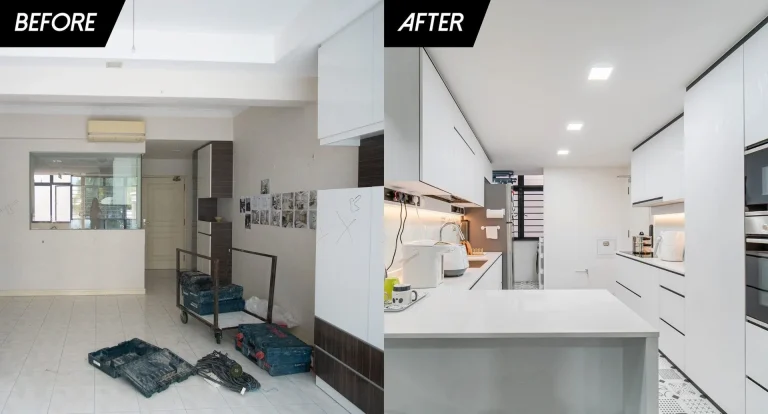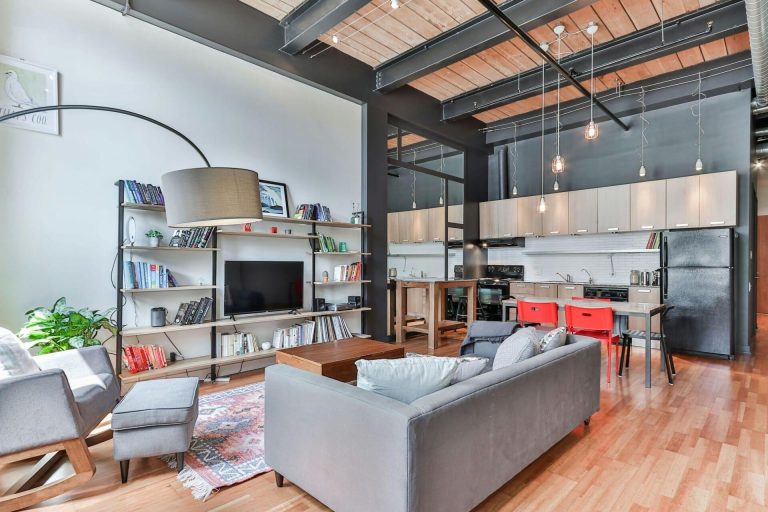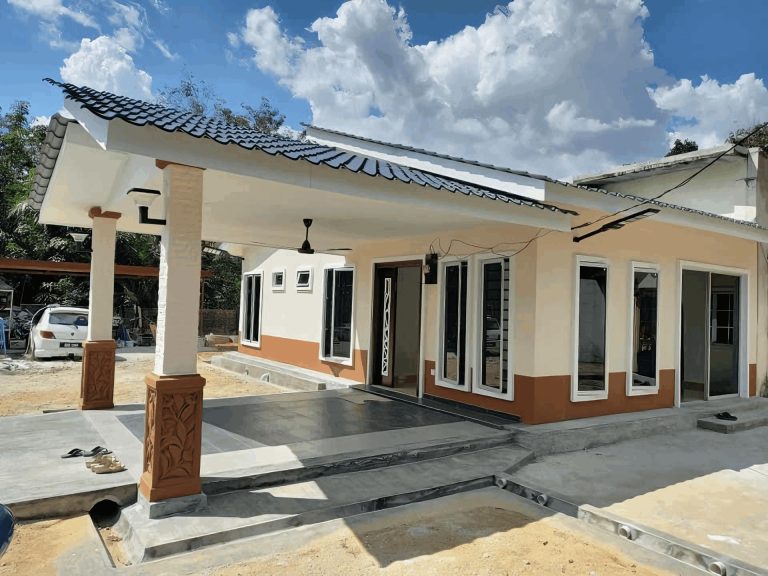Hey there! If you’ve ever had the misfortune of dealing with termites, you know just how pesky these little critters can be. They seem to have a knack for turning a cozy home into a snack bar! But what if we told you that not all woods are created equal when it comes to keeping these munching menaces at bay? In this article, we’re diving into the fascinating world of hardwoods and exploring why certain types stand strong against termite attacks. So, whether you’re a homeowner looking to protect your space or just curious about nature’s little warriors, stick around! We’re about to uncover the secrets behind those robust species that make termites think twice before having a go. Grab a drink, get comfy, and let’s get to it!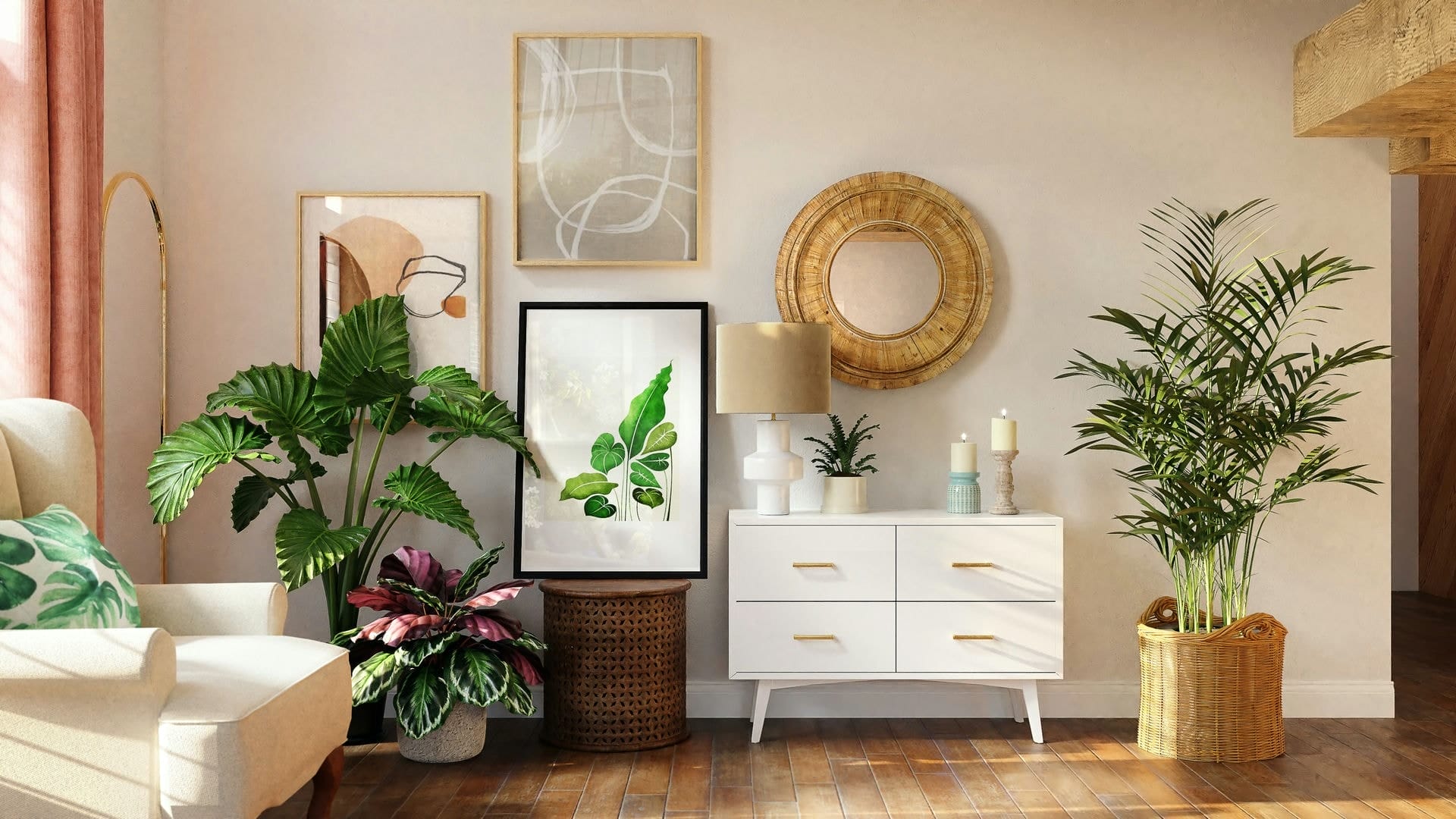
Understanding Termite Behavior and Preferences
Termites, those uninvited guests lurking beneath the surface, have specific preferences when it comes to food, especially when it comes to wood. They thrive on cellulose, which is abundant in many plants and trees. However, not all woods are created equal in the eyes of these munchers. Certain hardwoods are less appealing to them due to their density and natural resistance to decay, making them a smarter choice for structures intended to withstand the test of time.
So, what makes some hardwoods an absolute no-go for termites? Here are a few factors that influence their dining decisions:
- Density: Hardwoods like teak and mahogany are much denser than softwoods, making it harder for termites to chew through.
- Tannin Content: Some woods, like cedar and oak, contain high levels of tannins and other natural oils that repel termites.
- Moisture Levels: Termites thrive in damp environments, so hardwoods that are naturally resistant to moisture and do not retain water are less likely to attract infestations.
Recognizing the preferred habitats of termites can also help homeowners and builders make informed choices. Research shows that these pests tend to favor specific environments where they can easily access moisture and cellulose. Here’s a quick look at some commonly used hardwoods and their termite resistance:
| Hardwood Type | Termite Resistance Level |
|---|---|
| Teak | High |
| Mahogany | High |
| Oak | Moderate |
| Pine | Low |
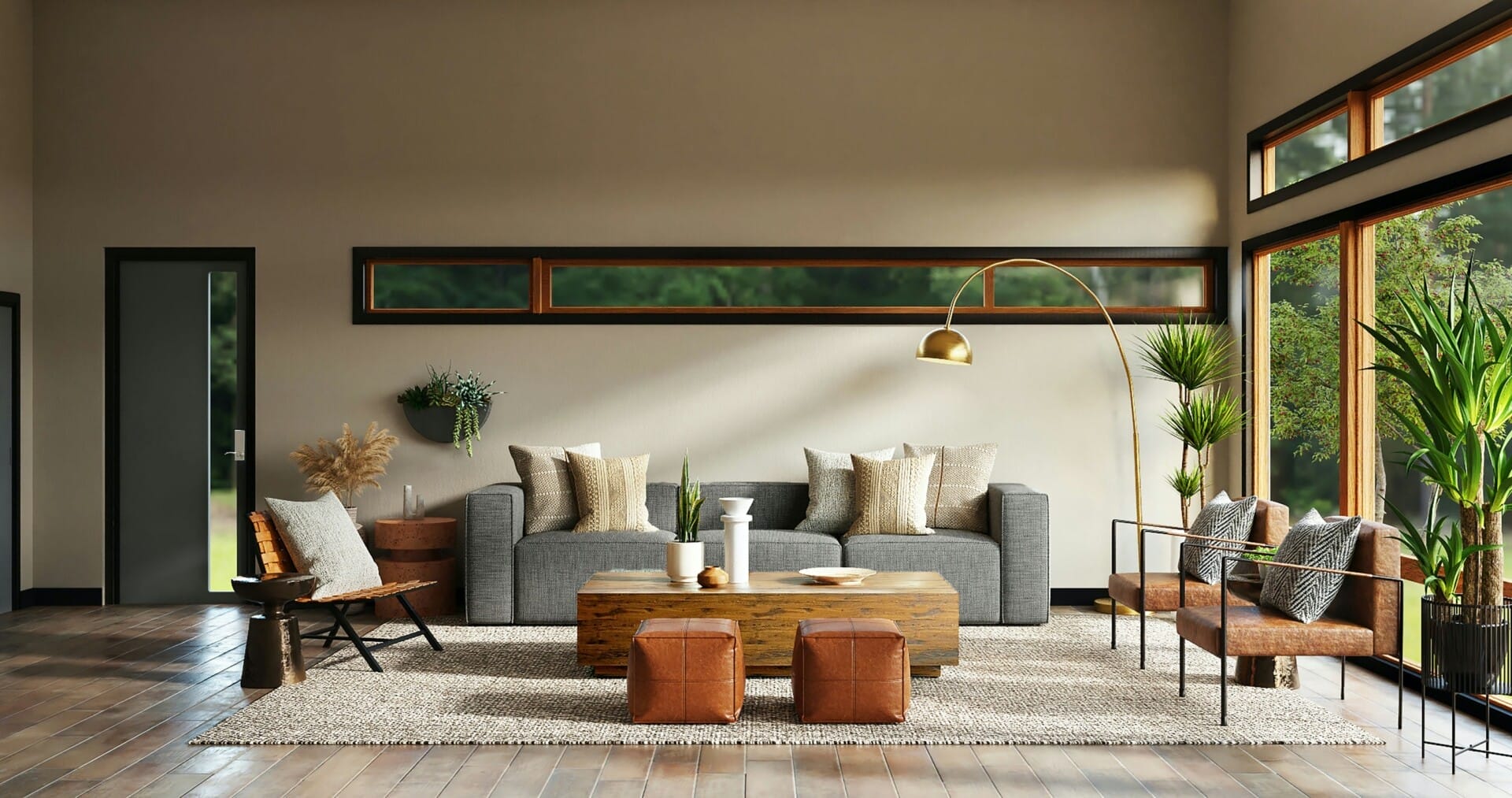
The Natural Defenses of Hardwoods Against Infestation
When it comes to standing tall against pests, certain hardwoods are equipped with impressive natural barriers. These trees have evolved over time, developing specific traits that make them less appealing to termites and other wood-destroying insects. One of the most notable defenses is their dense wood structure. This density not only provides strength but also makes it physically challenging for termites to gnaw through. Furthermore, the high moisture content found in some hardwoods inhibits the survival of certain pests, creating an unfriendly habitat for them to thrive.
Additionally, these hardwoods often contain natural chemicals known as extractives, which can repel infestations. Substances like tannins not only deter termites but may also be toxic to them. This is why varieties such as teak, mahogany, and selangan batu are preferred for construction and furniture-making in Malaysia. The bitterness and toxicity of these extractives prove unappetizing for our pesky friends, ensuring that they think twice before making these robust logs their next meal.
To break it down, here’s a quick look at some hardwoods and their notable defenses:
| Hardwood Type | Natural Defense |
|---|---|
| Teak | High oil content & natural tannins |
| Mahogany | Dense structure & chemical repellents |
| Selangan Batu | Natural resistance to fungal growth |
With such formidable traits, it’s no wonder these hardwoods remain a top choice for those looking to build or furnish their homes. Investing in these materials not only enhances aesthetic appeal but also offers a practical solution against infestations. After all, who wouldn’t want to sidestep a termite attack and safeguard their investments?
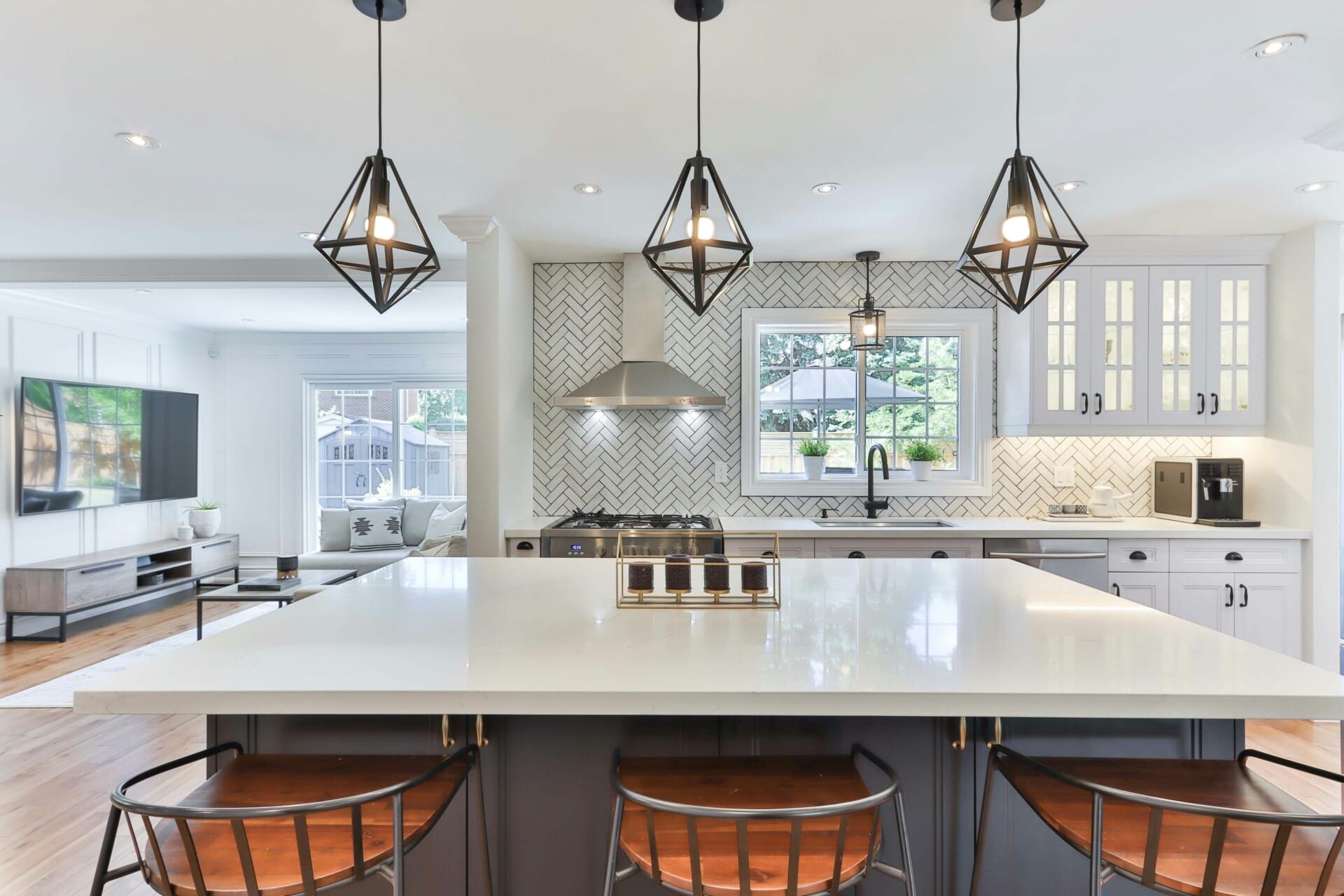
Top Hardwoods That Repel Termites Effectively
When it comes to choosing the right hardwood to stand up against those pesky termites, some woods have earned their place in the spotlight. Not all species are created equal, and many boast natural properties that make them unappealing to these wood-munching villains. Among the standout performers, you’ll find:
- Teak: Renowned for its durability, teak contains natural oils that deter termites effectively. This tropical hardwood is not only a favorite for outdoor furniture but also ensures long-lasting protection against infestations.
- Mahogany: Mahogany holds a reputation as one of the most sought-after hardwoods, not just for its beauty but for its resistance to pests. Its dense grain makes it tough for termites to penetrate.
- Mesquite: This wood is not just flavorful in the grill; its high density and natural oils make it an unfavorable target for termites. Plus, it’s an eco-friendly choice since it often comes from sustainably managed forests.
With these hardwoods, the battle against termites can be fought with a strategic approach. It’s important to consider that the structural integrity of your home can depend on the materials you choose. Investing in these woods means more than just aesthetics; it means increased resilience and longevity against nature’s little destructors. Here’s a quick comparison of some popular choice hardwoods and their termite-repelling properties:
| Wood Type | Density (g/cm³) | Termite Resistance |
|---|---|---|
| Teak | 0.65 | High |
| Mahogany | 0.50 | Medium |
| Mesquite | 0.85 | Very High |
Choosing hardwoods that naturally resist termites isn’t just about warding off pests; it’s also about making a sustainable choice for future generations. By selecting woods like teak, mahogany, or mesquite, you’re not only protecting your investment but also embracing a healthier approach to building materials. So next time you’re in the market for hardwood, remember that some choices can significantly tip the scale in your favor against those unwanted guests!
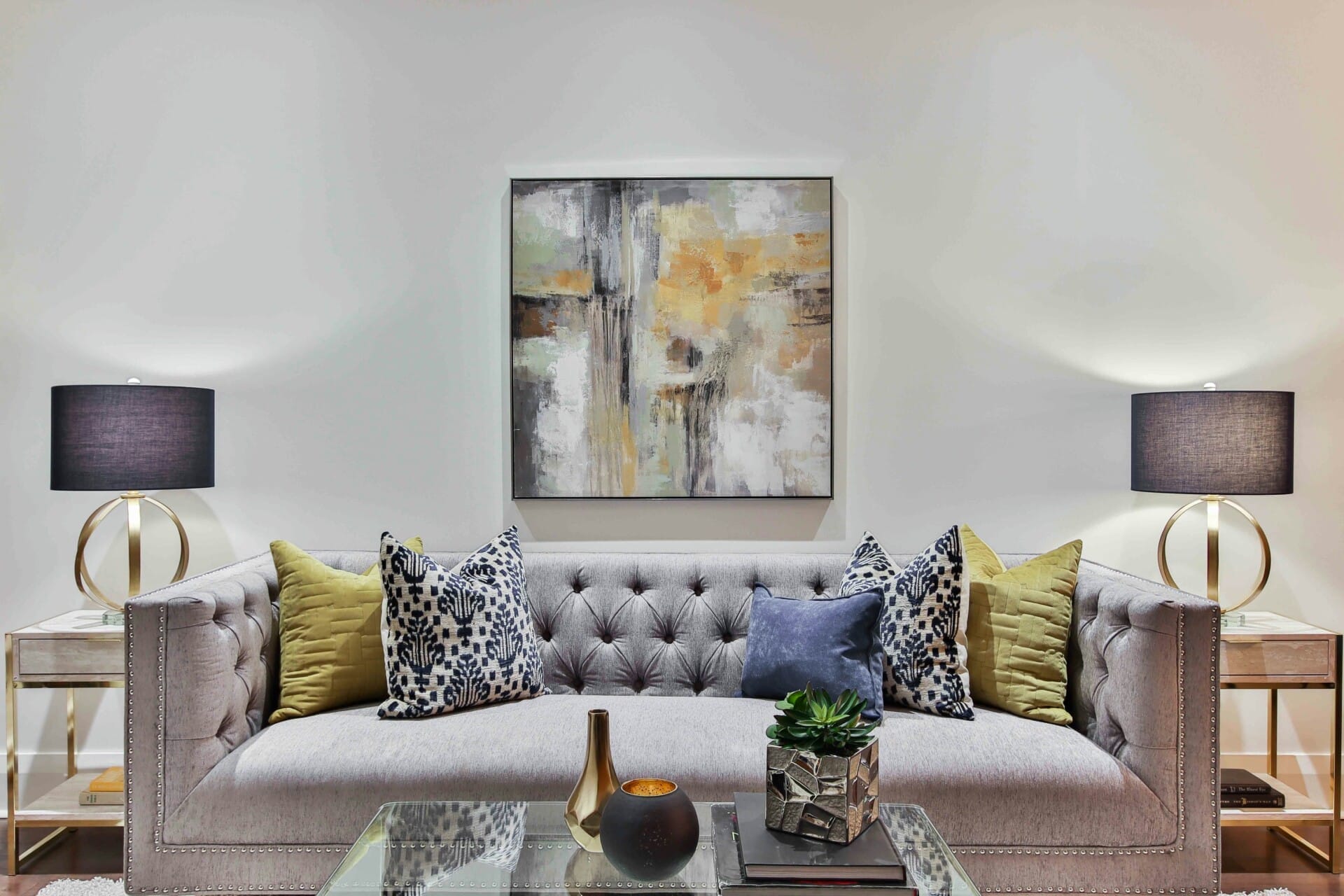
Comparing Hardwoods: Resistance Levels and Longevity
When it comes to combating the pesky termites, not all hardwoods are created equal. Some species boast impressive resistance levels, with natural oils and chemical compositions that deter these wood-munching pests. For instance, Teak and Mahogany are renowned for their durability and resistance, making them particularly favored choices in tropical climates like Malaysia. These woods contain compounds that help them fend off insects, allowing them to withstand the test of time, even when exposed to moisture.
Another powerhouse in the battle against termites is Cedar. Its distinctive aroma is not only pleasant but also serves as a natural deterrent. Beyond that, Bamboo, which is technically a grass but often categorized with hardwoods, offers remarkable strength and resilience. With its rapid growth and sustainability, bamboo is becoming a popular alternative to traditional hardwoods, offering both eco-friendliness and formidable resistance to termites.
To help you get a clear picture, here’s a comparison table featuring some amazing hardwoods and their resistance levels:
| Hardwood Type | Resistance to Termites | Longevity (Years) |
|---|---|---|
| Teak | High | 75+ |
| Mahogany | Moderate to High | 50+ |
| Cedar | High | 30+ |
| Bamboo | Moderate | 20+ |
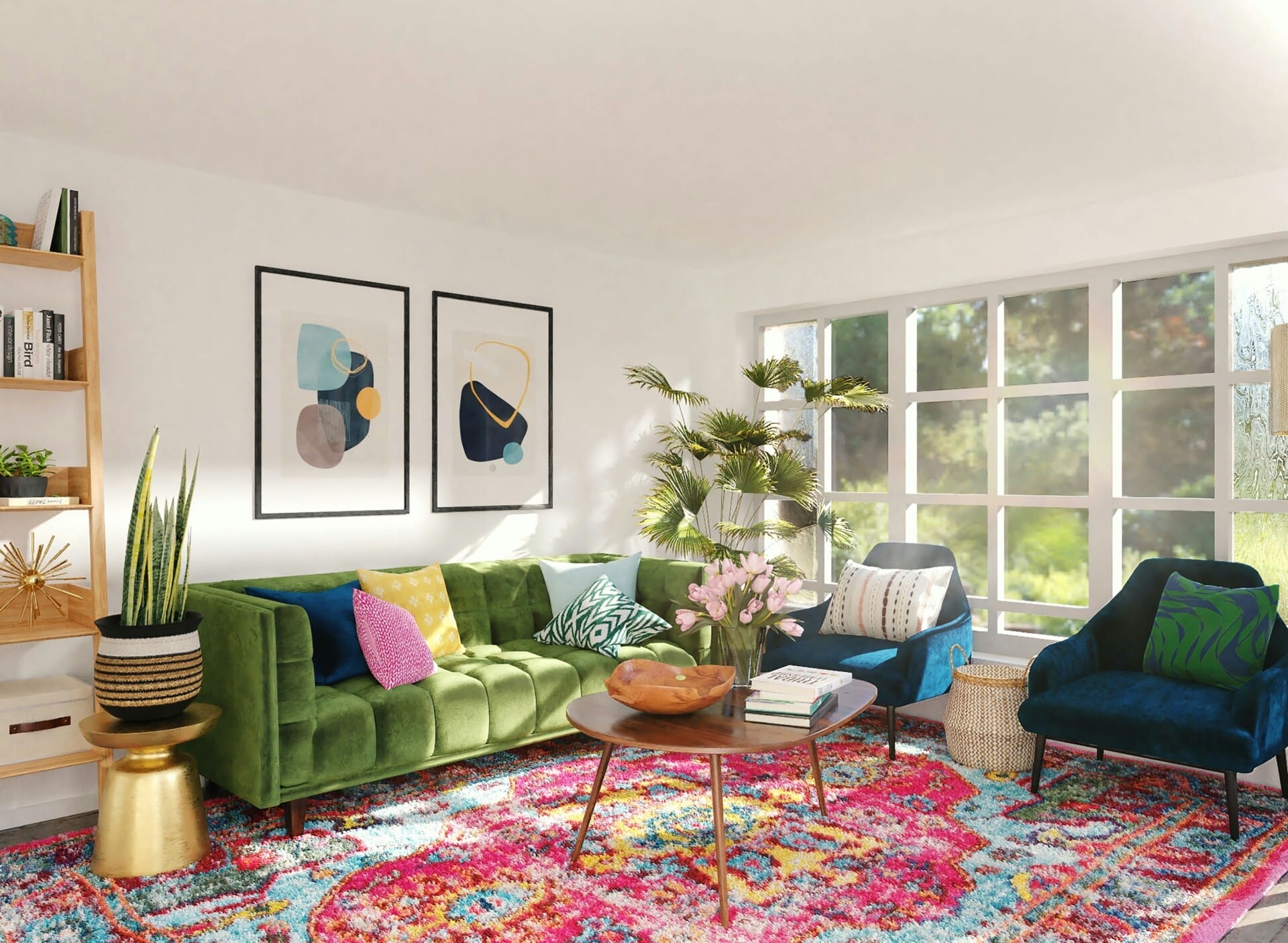
Regional Variations in Termite Threats and Hardwood Performance
When it comes to battling termites, the threat level can vary significantly depending on the region. In Malaysia, certain areas are notorious for their termite infestations, which can compromise even the sturdiest of structures. Here are a few provinces where homeowners need to stay particularly vigilant:
- Selangor: High humidity and dense vegetation create a paradise for termites.
- Pahang: The lush forests in this region are often crawling with wood-eating pests.
- Johor: Coastal areas with moisture-laden air provide ideal conditions for termite colonies.
In contrast, there are hardwoods that seem to have a natural, built-in defense mechanism against these pesky invaders. The dense cellular structure of these woods makes it difficult for termites to penetrate. Several varieties standout for their resilience:
- Teak: Highly valued for its oil content, which deters termite attacks.
- Merbau: Its tough, dense grain is like a fortress against wood-boring insects.
- Durian Wood: Perhaps an unexpected hero, its strong aroma is said to repel termites!
Interestingly, the effectiveness of these hardwoods can also vary based on local climate conditions. The table below summarizes how different hardwoods perform against termite threats across a few Malaysian regions:
| Region | Wood Type | Resistance Level |
|---|---|---|
| Selangor | Teak | High |
| Pahang | Merbau | Medium |
| Johor | Durian | High |
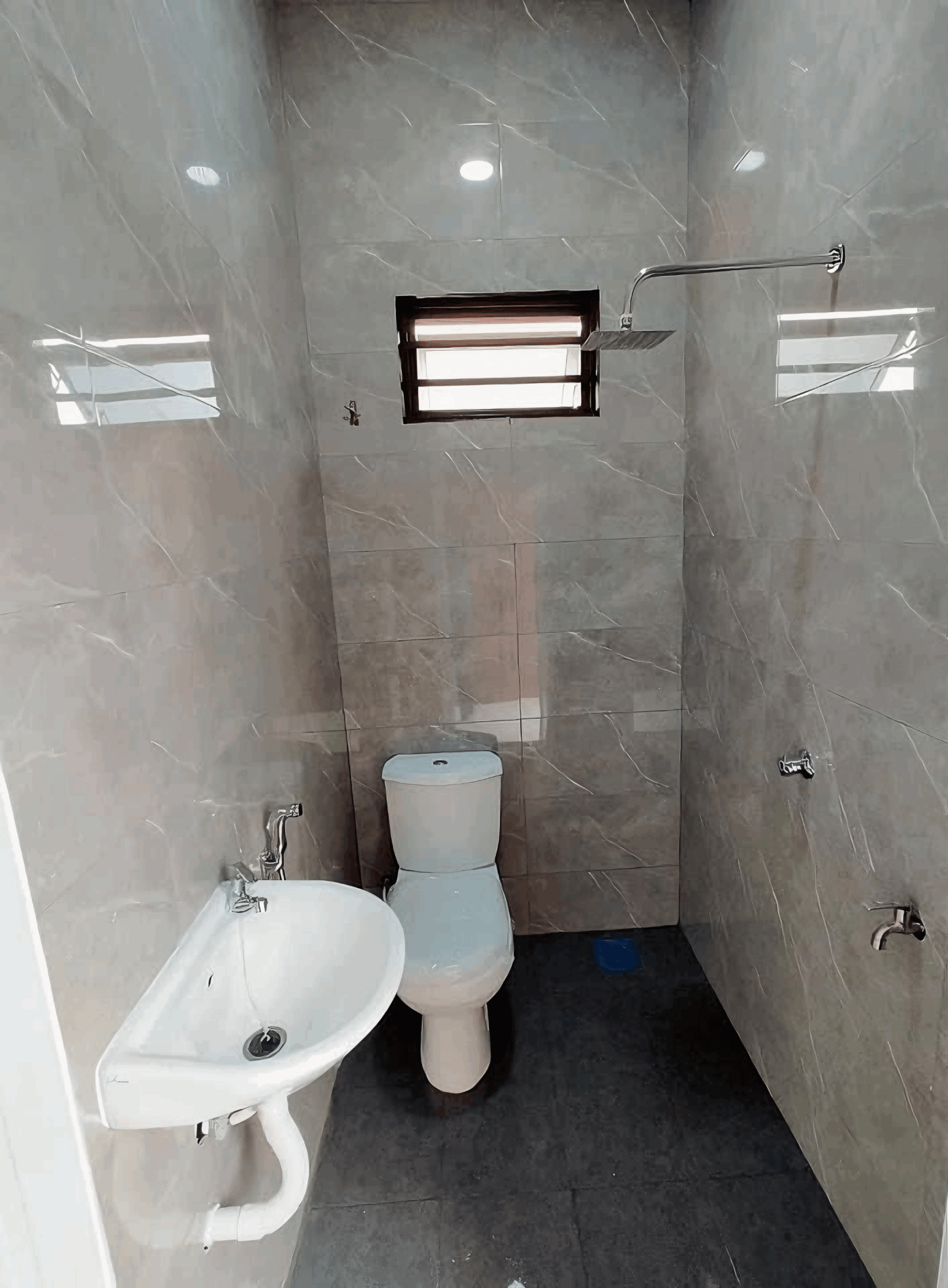
Prevention Strategies: Enhancing the Natural Strength of Hardwoods
To boost the natural defenses of hardwoods against pesky termites, selecting the right species is vital. Some hardwoods have evolved with inherent qualities that keep these wood-eating intruders at bay. For instance, Teak, known for its high oil content, not only gives the wood a remarkable finish but also serves as a natural repellent. Similarly, Mahogany is dense and has a natural resistance to rot and insect damage, making it an excellent choice for furniture that lasts. When choosing woods, consider the following:
- Density: Denser woods are tougher for termites to penetrate.
- Oils and Resins: Woods rich in natural oils and resins deter insects.
- Seasoning: Properly seasoned wood reduces moisture, making it less appealing.
Beyond just choosing resilient wood types, applying protective seals can significantly enhance their defenses. Coating hardwood with a quality sealant or oil creates a barrier that not only boosts aesthetic appeal but also makes it more challenging for termites to establish a foothold. Consider regular maintenance routines, such as:
- Inspecting your woodwork: Early detection of damage can save you a ton of trouble.
- Reapplying sealants: Keeping the barriers fresh helps in maintaining protection.
- Using physical barriers: Employing steel mesh or sand barriers during construction can thwart entry.
understanding your environment plays a crucial role in hardwood preservation. High humidity areas attract termites, so pairing your hardwood choices with proper environmental control can make all the difference. Installing proper ventilation in areas with wooden structures and keeping wood away from direct soil contact reduces moisture accumulation. Creating a conducive environment and using preventive treatments, such as:
- Boric acid solutions: Effective for surface treatment.
- Essential oils: Oils like neem can deter termites naturally.
- Regular pest control: Engaging professionals ensures lasting protection.
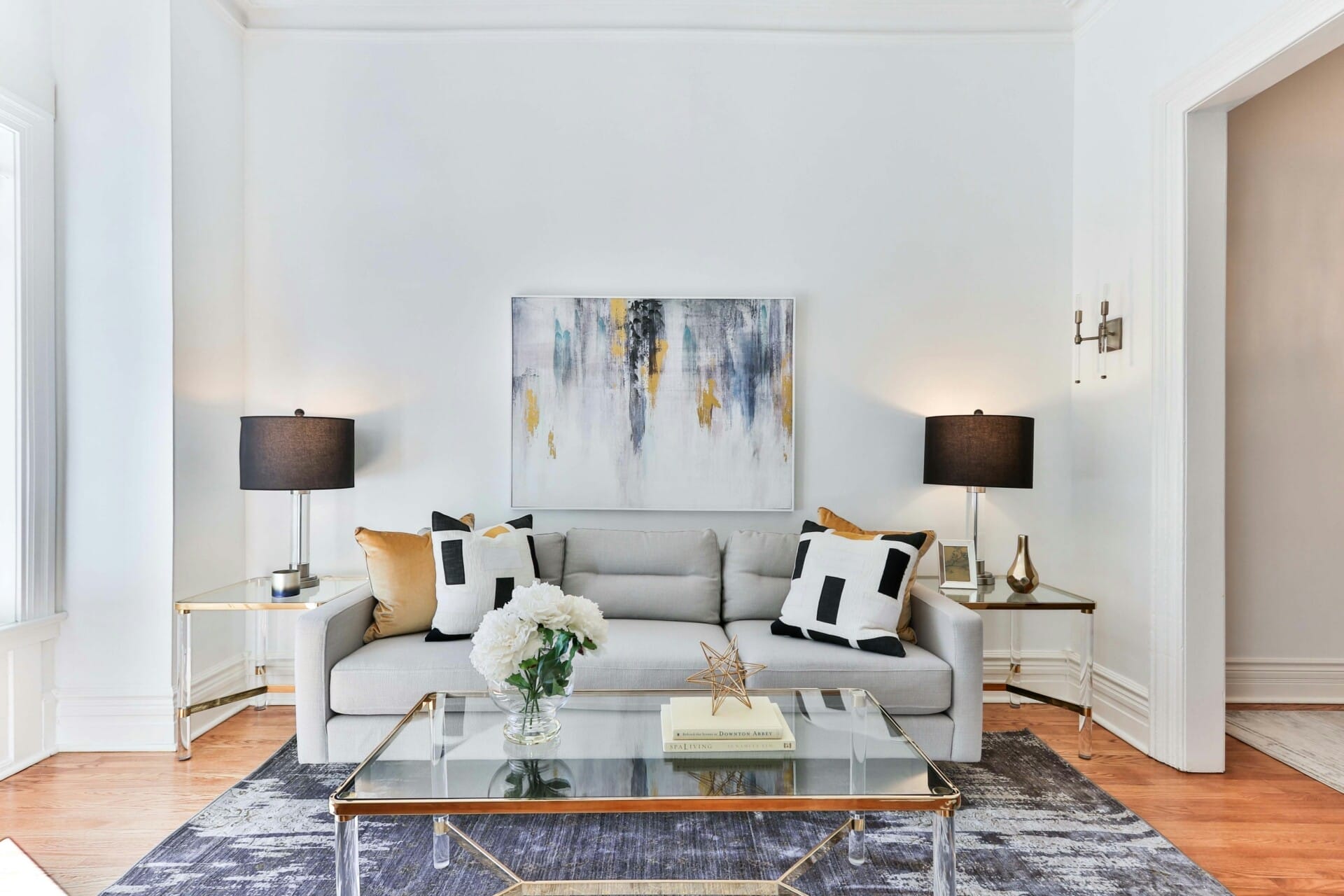
Maintenance Tips for Homeowners to Protect Wooden Structures
When it comes to protecting your wooden structures, it’s all about staying ahead of the game. Regularly inspect your wood for signs of wear and potential pest infestations. Look for things like:
- Frass or sawdust near wooden areas
- Holings or tunnels that seem new
- Soft spots that feel oddly spongy
Implementing preventive measures can also make a big difference. Consider treating your wood with natural insect repellents, such as neem oil or orange oil, which are less harmful to the environment yet effective against pests. Additionally, always keep your structure well-ventilated and dry, as moisture is a major attractor for termites and other wood-eating insects.
Lastly, ensure that any landscaping around your home is well-maintained. Trees, shrubs, and mulch should be kept away from the structure to minimize the chances of ground pests making their way in. A simple rule to follow is:
| Tip | Best Practice |
|---|---|
| Keep wood elevated | Use concrete blocks to avoid direct soil contact |
| Regularly treat wood | Apply protective coatings every few years |
| Control moisture | Inspect gutters and downspouts for clogs |

Emerging Trends in Sustainable Wood Choices for Termite Resistance
As homeowners and builders increasingly prioritize sustainability, new hardwood options are gaining traction for their remarkable durability and resistance to pests, particularly termites. Historically, varieties like teak and mahogany were popular, but the rise of eco-friendly choices has introduced a fresh set of contenders. Not only do these woods boast impressive aesthetics, but they are also cultivated in ways that support our environment. For example, woods like yellow balau and meranti are now recognized for their strength and natural resistance to harmful insects, making them ideal choices for flooring and furniture.
In addition to the exotic hardwoods, some lesser-known but equally impressive alternatives are making waves. Species such as bamboo and rubberwood offer unique benefits. Bamboo, for instance, is rapidly renewable, growing back within a year or two compared to traditional trees that take decades. It’s surprisingly sturdy and has natural anti-termite properties, which makes it a smart choice for sustainable building. Similarly, rubberwood, often a byproduct of latex production, is not only environmentally responsible but also resistant to termites due to its high density and moisture content.
| Wood Type | Termite Resistance | Environmental Benefit |
|---|---|---|
| Yellow Balau | High | Forest Stewardship Council (FSC) certified |
| Bamboo | Moderate | Rapidly renewable resource |
| Rubberwood | Moderate | Utilizes waste from rubber production |
| Meranti | High | Locally sourced, reduces carbon footprint |
Closing Remarks
So, there you have it! Termites might be nature’s little demolition experts, but when it comes to certain hardwoods, they’re definitely treading carefully. With our local treasures like Meranti, Balau, and even the ever-popular Teak, homeowners can take a sigh of relief knowing these woods are more than just pretty faces— they’re tough cookies when it comes to warding off unwanted munchers.
Next time you’re planning your decking or considering that furniture makeover, keep these hardwood warriors in mind. They not only add a touch of elegance to your space but also stand strong against those pesky pests. Remember, choosing the right materials can save you a lot of headaches (and money) down the line.
So go on, make your space both beautiful and termite-resistant, and give yourself a big thumbs up for being one step ahead in the battle against those munching fiends! Happy building, and may your homes be forever termite-free! 🛠️✨